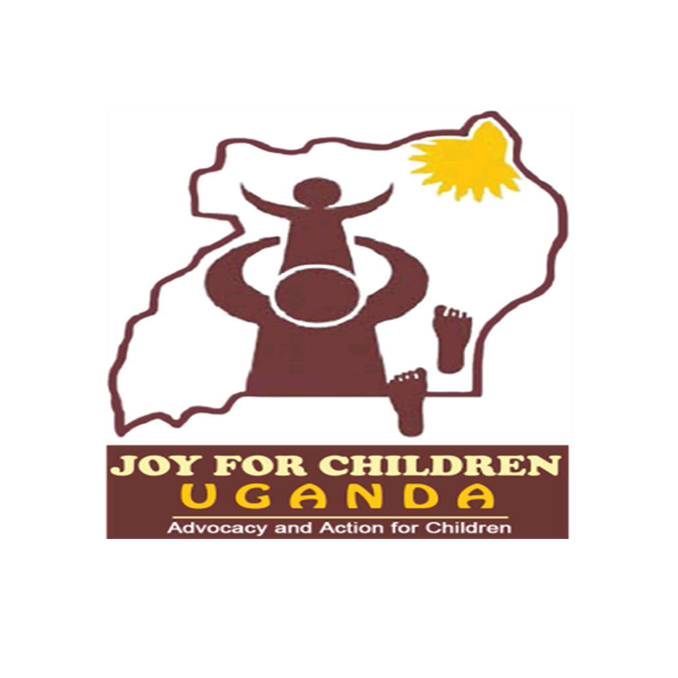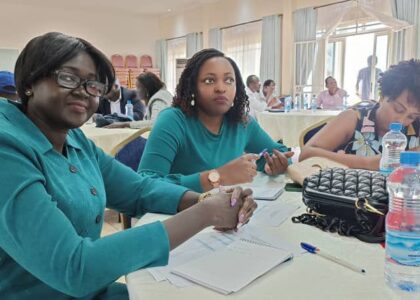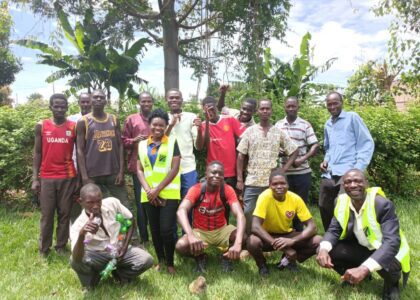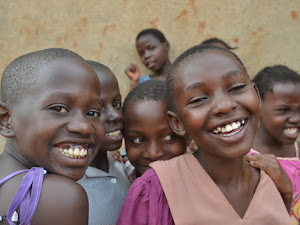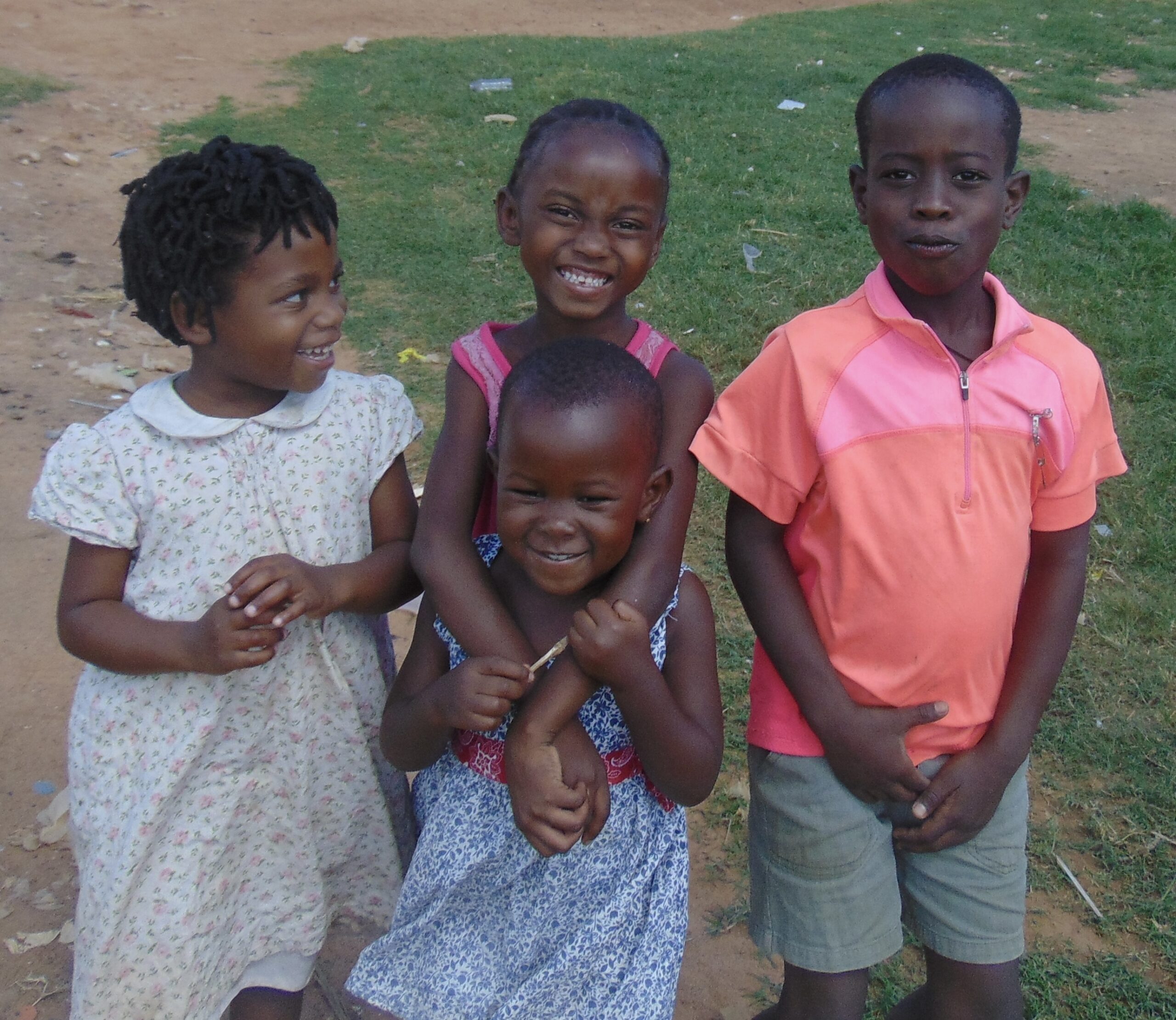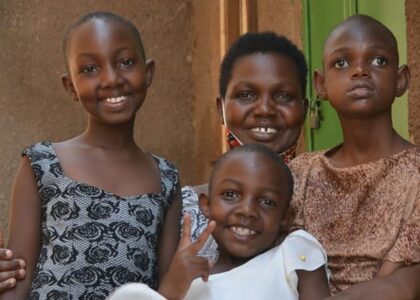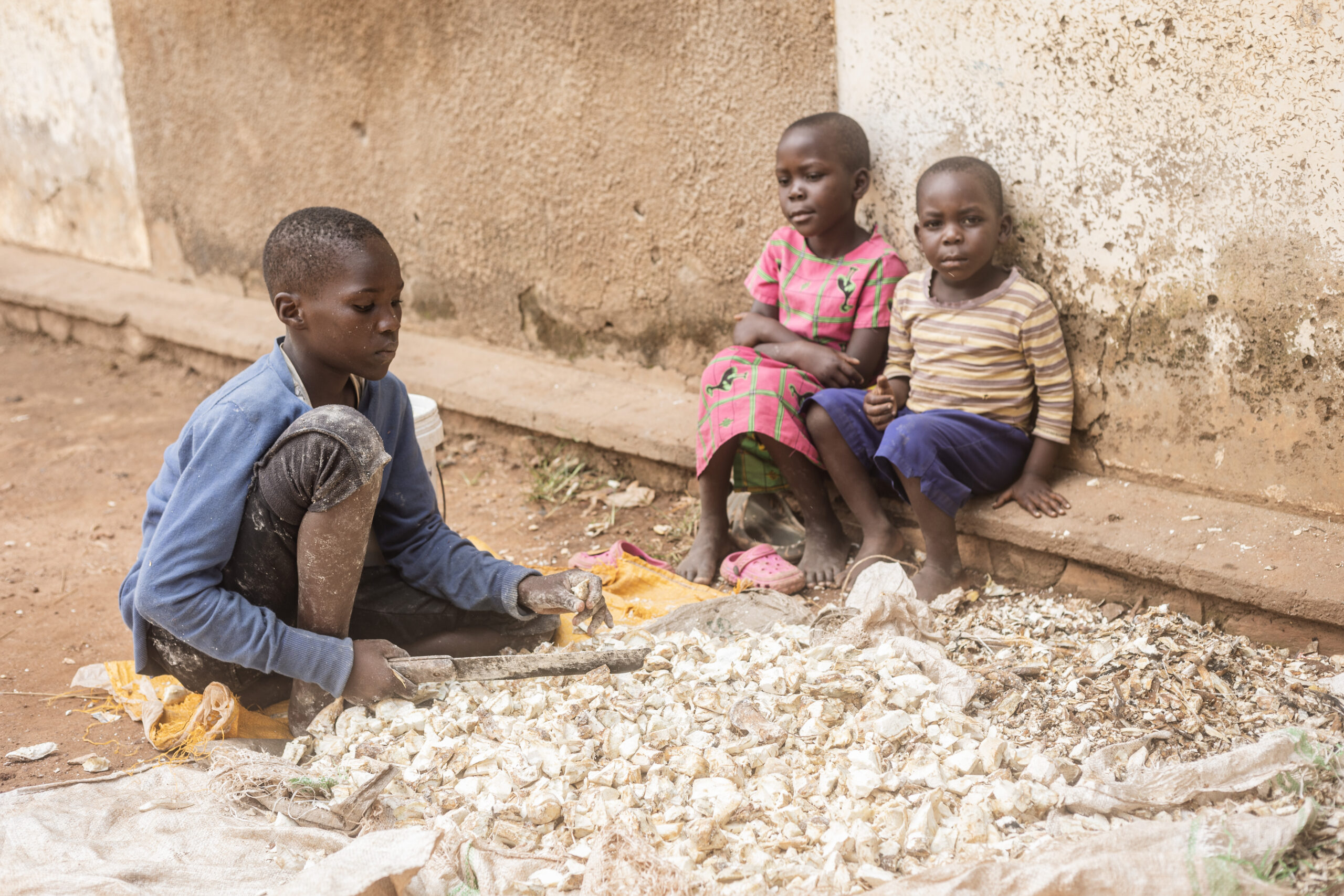THE ROLE OF CIVIL SOCIETY ORGANIZATIONS IN PEACE BUILDING
Civil Society serves as a pillar of democratic systems, playing an important role in democracy and good governance for pre-and post-conflict societies. CSOs play a critical role in developing, monitoring human rights situations, implementing strategies that promote peace and security, monitoring implementation of agreements, and providing recommendations and information to decision-makers or human rights and advocacy groups.
